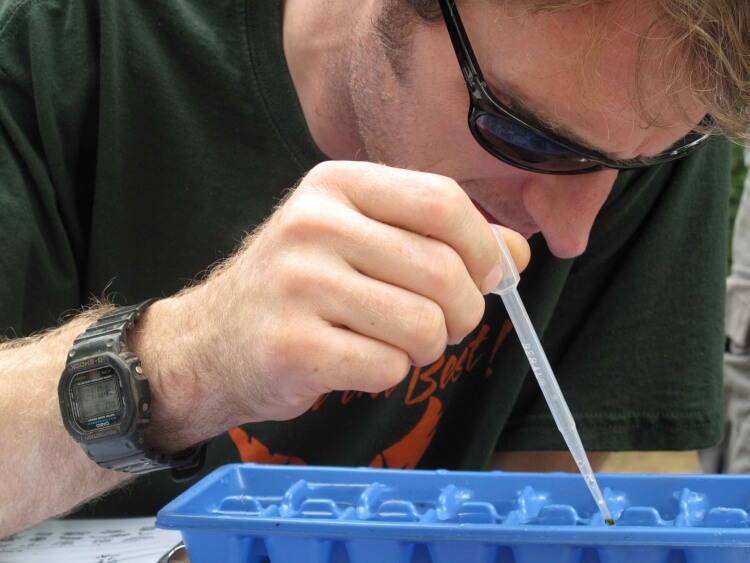3h
Human TFPI(Tissue Factor Pathway Inhibitor) ELISA Kit
Human TFPI(Tissue Factor Pathway Inhibitor) ELISA Kit
tissue
100ng/mL
Sandwich
0.64ng/mL
1.56-100ng/mL
Metabolic pathway;Hematology;
ELISA Enzyme-linked immunosorbent assays Code 90320007 SNOMED
TFI; EPI; LACI; TFPI1; Lipoprotein-Associated Coagulation Inhibitor; Extrinsic pathway inhibitor
E05 478 566 350 170 or Enzyme-Linked Immunosorbent Assays,E05 478 566 350 170 or Enzyme-Linked Immunosorbent Assays,Human proteins, cDNA and human recombinants are used in human reactive ELISA kits and to produce anti-human mono and polyclonal antibodies. Modern humans (Homo sapiens, primarily ssp. Homo sapiens sapiens). Depending on the epitopes used human ELISA kits can be cross reactive to many other species. Mainly analyzed are human serum, plasma, urine, saliva, human cell culture supernatants and biological samples.
The test principle applied in this kit is Sandwich enzyme immunoassay. The microtiter plate provided in this kit has been pre-coated with an antibody specific to Tissue Factor Pathway Inhibitor (TFPI). Standards or samples are then added to the appropriate microtiter plate wells with a biotin-conjugated antibody specific to Tissue Factor Pathway Inhibitor (TFPI). Next, Avidin conjugated to Horseradish Peroxidase (HRP) is added to each microplate well and incubated. After TMB substrate solution is added, only those wells that contain Tissue Factor Pathway Inhibitor (TFPI), biotin-conjugated antibody and enzyme-conjugated Avidin will exhibit a change in color. The enzyme-substrate reaction is terminated by the addition of sulphuric acid solution and the color change is measured spectrophotometrically at a wavelength of 450nm ± 10nm. The concentration of Tissue Factor Pathway Inhibitor (TFPI) in the samples is then determined by comparing the O.D. of the samples to the standard curve.
Aplha, transcription related growth factors and stimulating factors or repressing nuclear factors are complex subunits of proteins involved in cell differentiation. Complex subunit associated factors are involved in hybridoma growth, Eosinohils, eritroid proliferation and derived from promotor binding stimulating subunits on the DNA binding complex. NFKB 105 subunit for example is a polypetide gene enhancer of genes in B cells.Tissue, pathway, proteinase, peptidase, protease ,acrosin, lipoprotein, activator, caspase, trypsin, papain, esterase inhibitors are proteins or receptor ligands or receptor antagonists that bind to an enzyme receptor and decreases its activity. Since blocking an enzyme's activity can kill a pathogen or correct a metabolic imbalance, many drugs are enzyme inhibitors. Not all receptor antagonist that bind to enzymes are inhibitors; enzyme activator ligands or agonists bind to enzymes and increase their enzymatic activity, while enzyme substrates bind and are converted to products in the normal catalytic cycle of the enzyme.6
